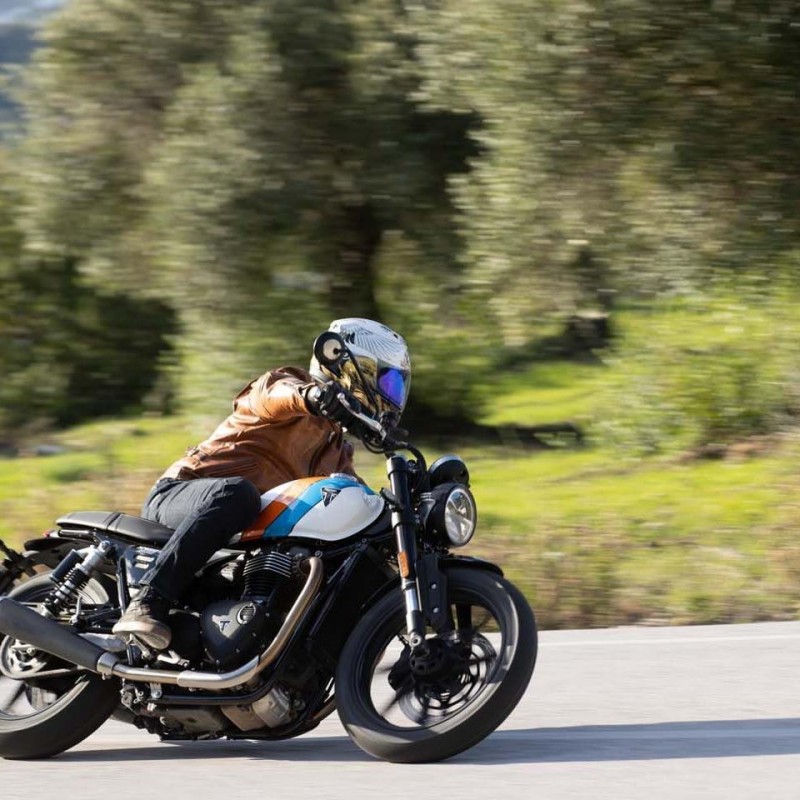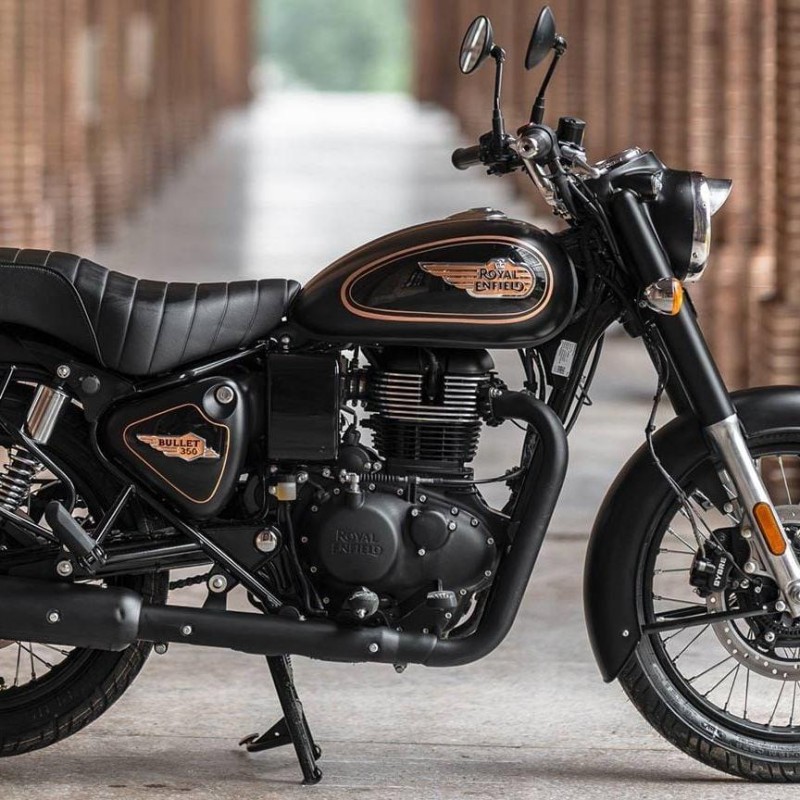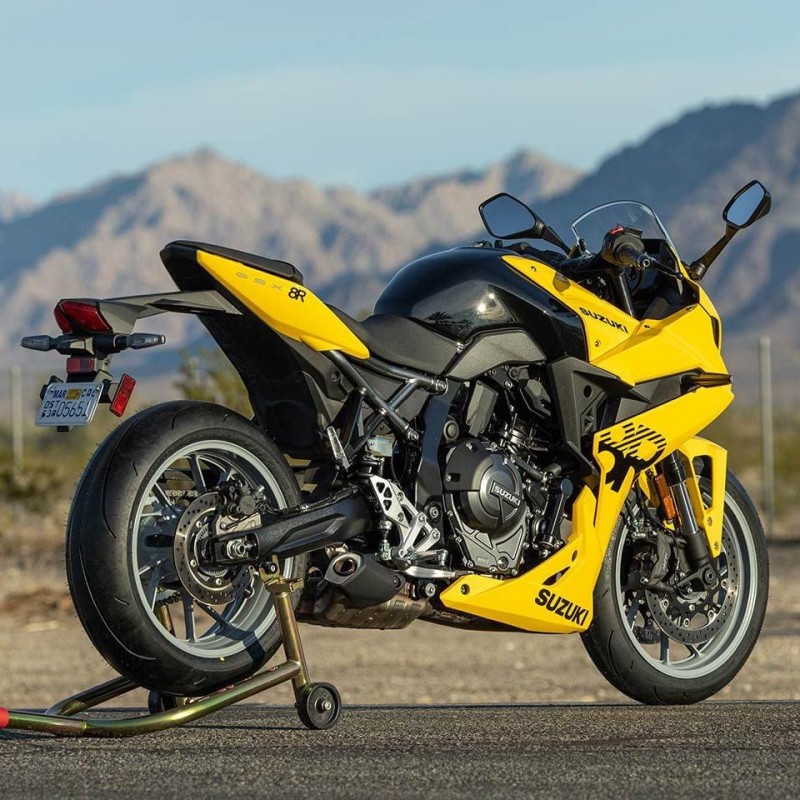Motorcycles have long been a symbol of freedom and adventure. For many riders, the thrill of the open road and the wind in their hair is unmatched. However, the complexities associated with shifting gears and managing clutches can deter potential riders from embracing this exhilarating mode of transportation. Enter the automatic motorcycle—a modern solution for both novice and experienced bikers. These machines simplify the riding experience by eliminating the need for manual gear changes, allowing riders to focus on the road ahead. This article will delve into the various aspects of automatic motorcycles, explaining how they work, the benefits they offer, and their growing presence in a market traditionally dominated by manual transmissions. Whether you are a seasoned rider looking to switch it up or a beginner contemplating your first purchase, this comprehensive guide will equip you with the knowledge you need to navigate the world of automatic motorcycles.

Understanding Automatic Motorcycles
Automatic motorcycles utilize a different transmission system compared to traditional manual motorcycles. At the heart of an automatic motorcycle is a continuously variable transmission (CVT) or an automatic dual-clutch system. This setup allows for seamless gear changes without any input from the rider. In a traditional motorcycle, riders must engage a clutch and shift gears manually, which can be challenging, especially in stop-and-go traffic or on steep inclines.
The development of automatic motorcycles has expanded the market, making biking more accessible to everyone. Riders can now enjoy the thrill and joy of riding without the complexities associated with manual gear shifting. This technology is designed to enhance the riding experience, maximizing comfort and control. In the following sections, we will explore the mechanics behind automatic motorcycles, the benefits they offer, and how they compare to traditional models.
How Automatic Motorcycles Work
Understanding the mechanics of automatic motorcycles is crucial to appreciating their unique advantages. Unlike traditional motorcycles, which rely on a standard transmission system, automatic motorcycles utilize innovative systems to achieve smooth and automatic gear changes.
Continuously Variable Transmission (CVT)
CVT is the hallmark of many automatic motorcycles. Rather than using a fixed number of gears, CVTs provide an infinite range of effective gear ratios. Here’s how it works:
- Variability: The CVT uses two pulleys connected by a belt. When the motorcycle accelerates, the pulleys adjust their diameters to change the gear ratio automatically. This means that the bike can always operate in the optimal power band without requiring the rider to shift gears.
- Efficiency: This system allows for more efficient use of power, as there’s no loss of momentum from traditional shifting. Riders experience a smooth, uninterrupted acceleration.
- Simplicity: The simplicity of the CVT means that riders can focus on balance and control rather than managing gears.
Dual-Clutch Transmission (DCT)
Another technology often found in automatic motorcycles is the dual-clutch transmission. This system uses two separate clutches for odd and even gears, allowing for near-instantaneous gear changes. Here are some key points about DCT:
- Quick Shifts: The DCT can pre-select the next gear while the current gear is engaged. This results in remarkably quick shifts without any manual intervention.
- Performance: Bikers who prioritize performance will appreciate the aggressive and responsive nature of DCT-equipped bikes. This system often enhances the overall riding experience, especially for those who enjoy speed and smooth gear transitions.
- Rider-Friendly: Similar to CVT, DCT allows riders to concentrate on the ride itself, making it an excellent option for beginners and those new to power sports.
The Advantages of Automatic Motorcycles
As more riders turn their attention to automatic motorcycles, it’s crucial to understand the benefits they present over traditional models. Here is a closer look at some key advantages:

Ease of Use
One of the most attractive features of automatic motorcycles is their ease of use. For new riders, learning how to handle a clutch and shift gears can be daunting. Automatic motorcycles simplify the process, allowing beginners to gain confidence more quickly without the intimidation often associated with manual transmissions.
Enhancing Safety
Automatic motorcycles help enhance safety on the road by allowing the rider to keep both hands on the handlebars and focus on steering. This is especially beneficial in challenging conditions such as heavy traffic or unpredictable weather. Less cognitive load from gear management allows riders to react more swiftly to immediate road conditions.
Improved Comfort
Riding can often lead to discomfort—especially during long trips or in stop-and-go traffic. Automatic motorcycles reduce fatigue caused by constantly operating a clutch and shifting gears. Riders benefit from a smoother experience that allows for longer rides without tiring as quickly.
Fuel Efficiency
Many modern automatic motorcycles feature advanced technology designed to maximize fuel efficiency. With CVT and DCT systems optimizing power usage, these motorcycles can often outperform their manual counterparts in terms of miles per gallon, making them a more economical choice for daily commuting.
Diverse Options
As the popularity of automatic motorcycles grows, manufacturers continuously expand the choice available within this category. From cruisers to sportbikes, there’s a wide array of styles and features to suit every rider’s taste and preference.
Popular Automatic Motorcycle Models
To help you make an informed decision, it’s essential to consider which automatic motorcycle models are currently making waves in the market. Here are some standout options known for their innovative features and robust performance:
Honda NC750X
The Honda NC750X is a versatile model that has gained attention for its performance and comfort. Equipped with a DCT, it provides seamless gear shifts that enhance the riding experience. The bike also boasts impressive fuel efficiency, appealing to daily commuters.
BMW C 400 GT
Aimed at those who desire a mix of practicality and style, the BMW C 400 GT is a scooter-style automatic motorcycle with exceptional comfort and innovative tech features. The bike is perfect for city commuting, making it an excellent choice for urban riders.
Suzuki Burgman 400
For those seeking a blend of performance and comfort in an automatic motorcycle, the Suzuki Burgman 400 is an outstanding option. Recognized for its smooth ride and spacious storage, this scooter-style maximizes convenience for commuting and short trips.
Yamaha NMAX 155
The Yamaha NMAX 155 is a popular entry-level automatic motorcycle featuring sporty design and robust performance. Its CVT ensures easy acceleration, making it an excellent choice for new riders looking to enter the world of motorcycles.
Kawasaki Z400
If you’re looking for a sportier option, the Kawasaki Z400 offers performance with a lively and responsive feel. While technically a semi-automatic bike due to its slipper clutch, it captures the essence of automatic riding by making gear transitions easier.
Comparing Automatic and Manual Motorcycles
To understand the automatic motorcycle’s place in the market, one must compare it to traditional manual motorcycles. Each has its pros and cons, which could influence your decision depending on your riding style and preferences.
Riding Experience
Manual motorcycles require a more engaged riding experience. Riders must shift gears based on their speed and riding conditions. For many, this adds to the sense of control and craft involved in riding. In contrast, automatic motorcycles offer a more laid-back experience, allowing riders to focus solely on steering and navigation.
Learning Curve
The learning curve associated with manual motorcycles can be steeper, especially for first-time riders. Mastering clutch control and gear shifting takes time and patience. In contrast, automatic motorcycles typically have a quicker learning curve, appealing to individuals looking to start riding right away.
Performance
Performance enthusiasts often prefer manual motorcycles for their ability to deliver precise power and acceleration. Conversely, automatic motorcycles focus on delivering a smooth and consistent ride, which can be incredibly beneficial in city environments.
Maintenance
Maintenance practices and costs can vary wildly between automatic and manual motorcycle. Manual transmissions often require routine maintenance due to the increased complexity involved in the gearbox. Automatic motorcycles may require different types of servicing, often centering on electronic components and fluid levels related to the transmission system.
Customization
Customization options often lean in favor of manual motorcycles, as passionate riders may enjoy tweaking performance and aesthetics. However, many manufacturers are catching up by providing customization options for automatic motorcycles that allow personalization in terms of style and performance.
The Future of Automatic Motorcycles
As technology continues to advance, the future of automatic motorcycles looks promising. With the rise of electric motorcycles and increasing developments in transmission technology, manufacturers are poised to change the landscape for automatic bikes substantially. Here are some trends to consider:
Electric Automatic Motorcycles
For those who want to combine the benefits of automatic transmission with eco-friendly technology, electric automatic motorcycles are emerging. These models promise to provide the simplicity of automatic riding while reducing carbon footprints, making them an attractive option for environmentally conscious riders.
Advanced Technologies
Expect continuous improvements in automatic transmission technology over the coming years. Enhanced features such as adaptive ride modes, integrated navigation, and rider-assist technologies are just a few of the advancements that will further establish automatic motorcycles in the market.
Expanding Market
The growing popularity of automatic motorcycles indicates that more manufacturers are likely to enter this space. As more models hit the market, a wider range of options will cater to various riding styles and preferences, ultimately making motorcycles more accessible to everyone.

Conclusion
Automatic motorcycles represent an exciting evolution in the world of two-wheeled transportation. They offer a plethora of advantages, from ease of use and enhanced comfort to improved safety and efficiency. As the technology behind these machines continues to develop, it opens doors for new riders to enter the market and gives seasoned bikers a fresh perspective on their passion. Whether you are contemplating your first bike or looking to switch from a traditional manual model, automatic motorcycles present an enticing choice. With popular models emerging from reputable manufacturers and innovative technology paving the way forward, the future is bright for those who seek the thrill of the ride without the complexities of gear shifting. Embrace the joy of riding with an automatic motorcycle, and experience the road in a whole new light.